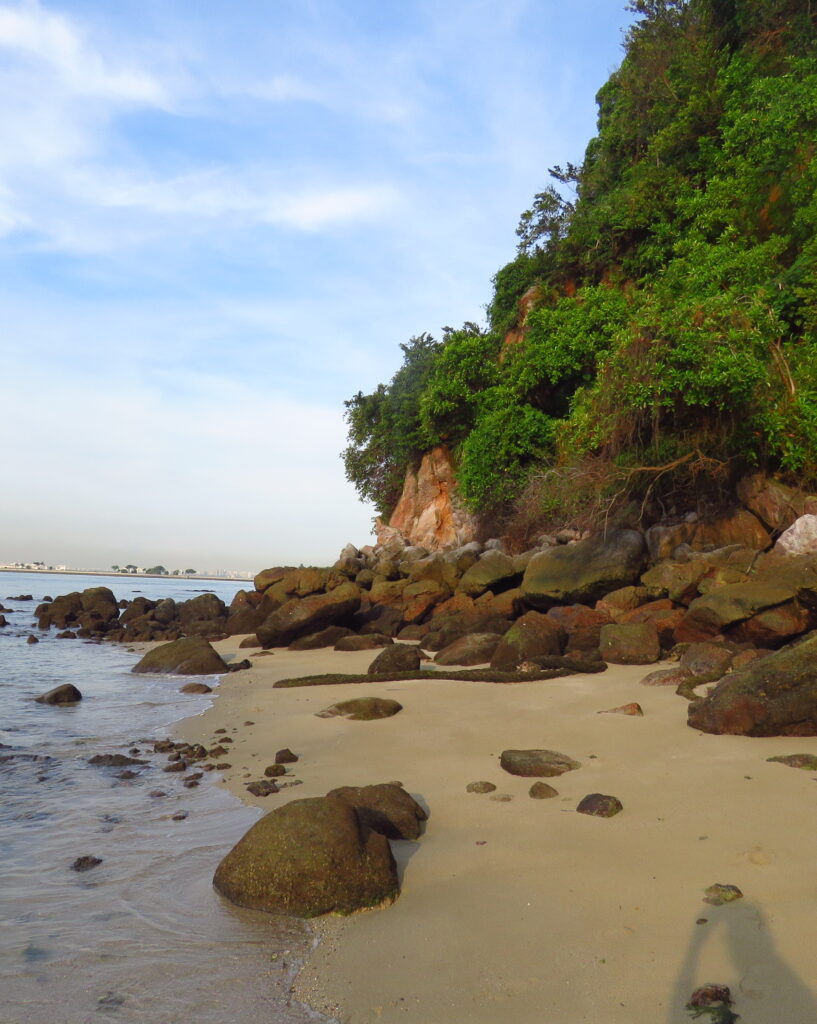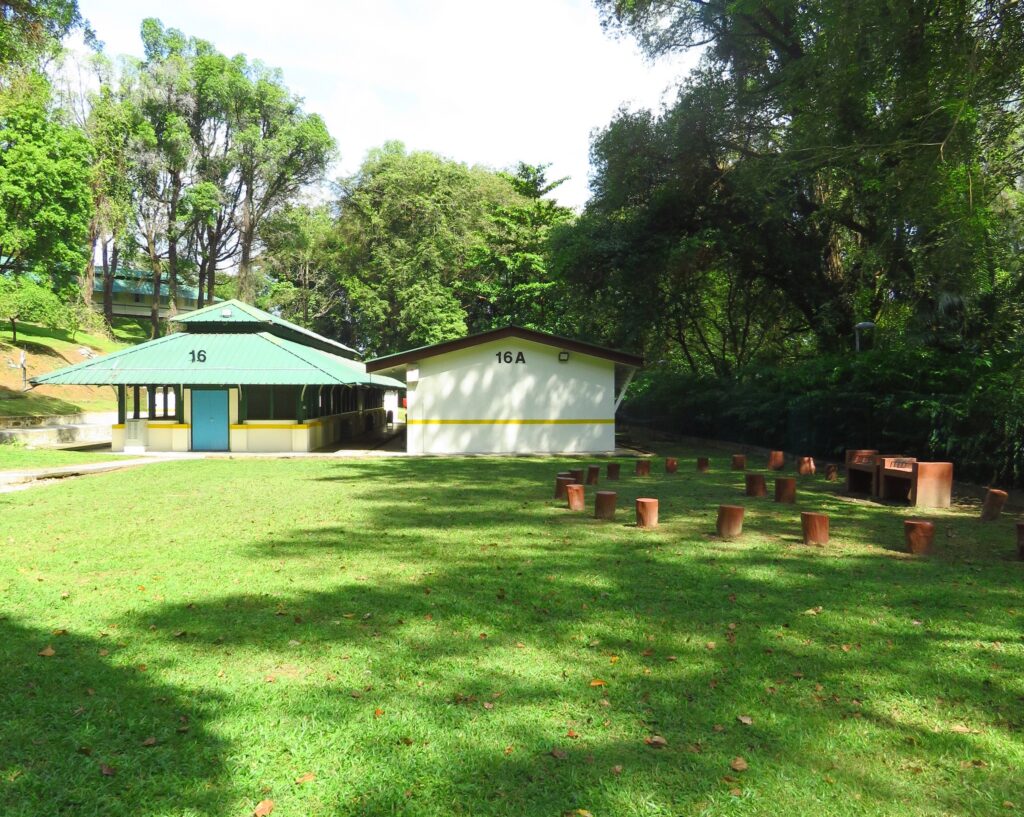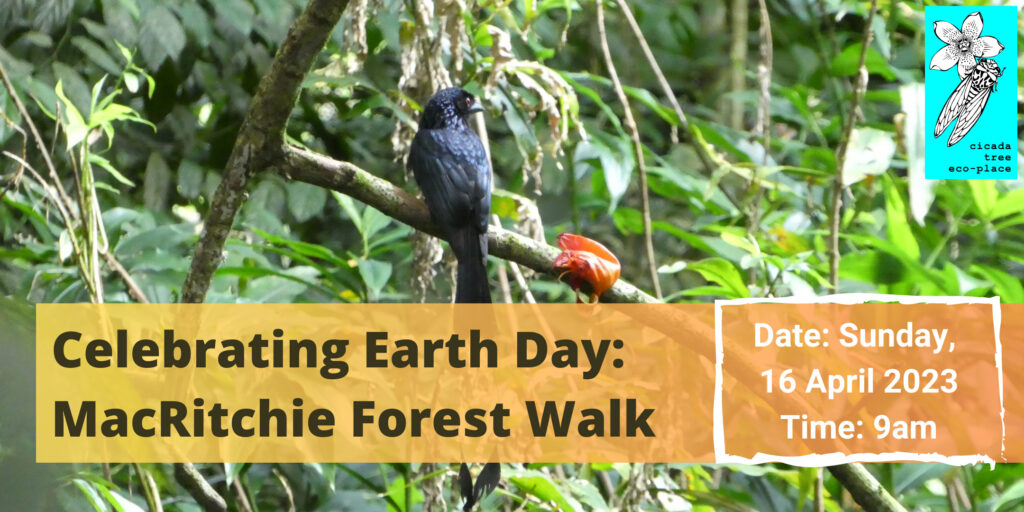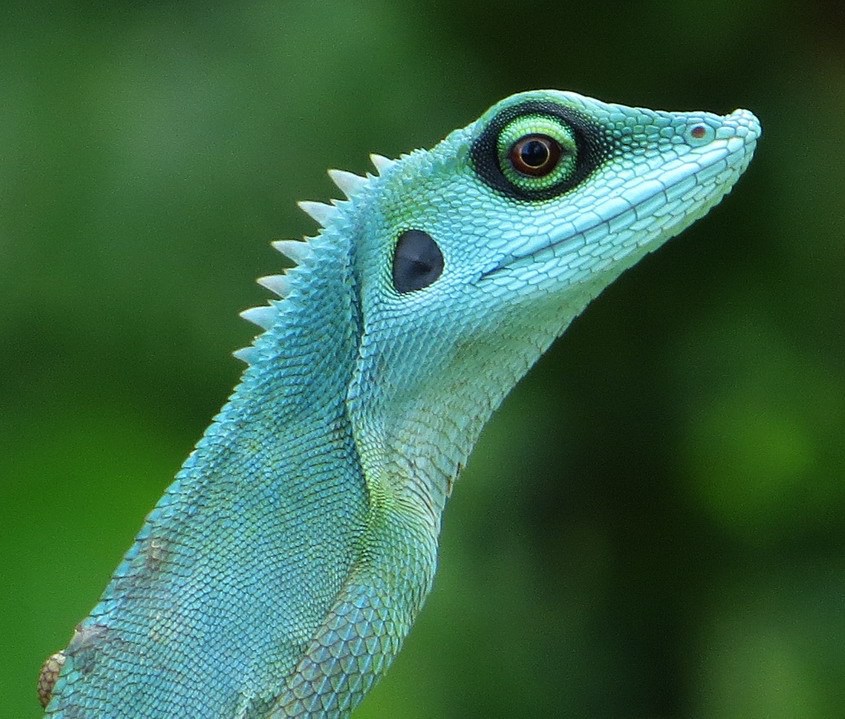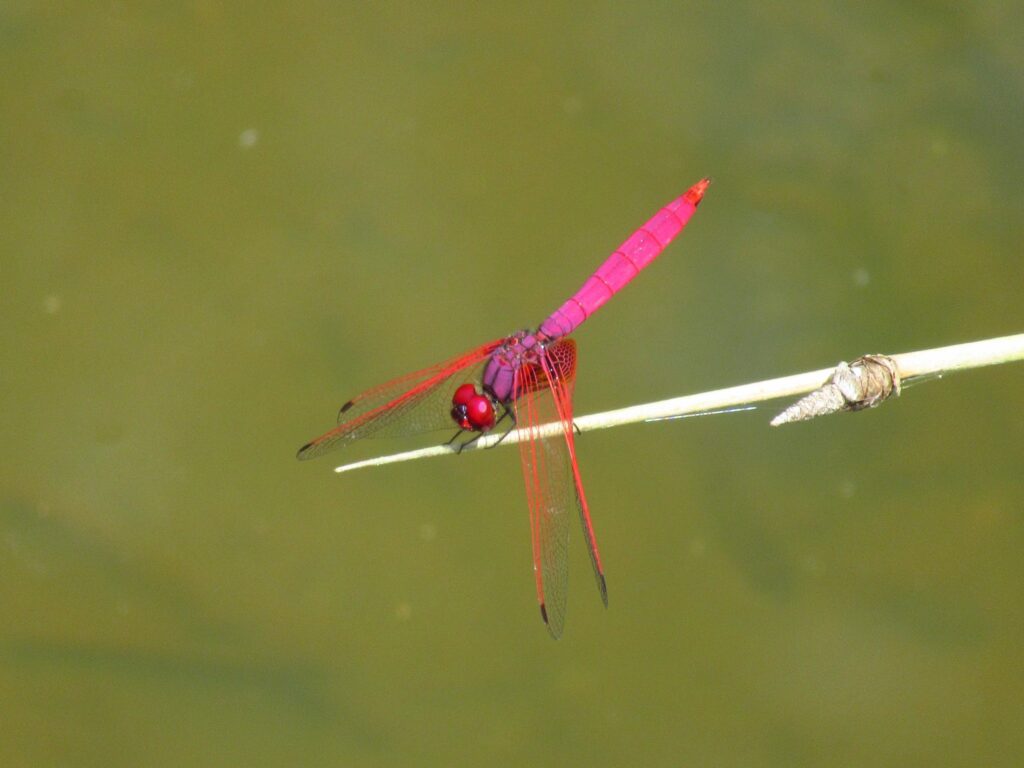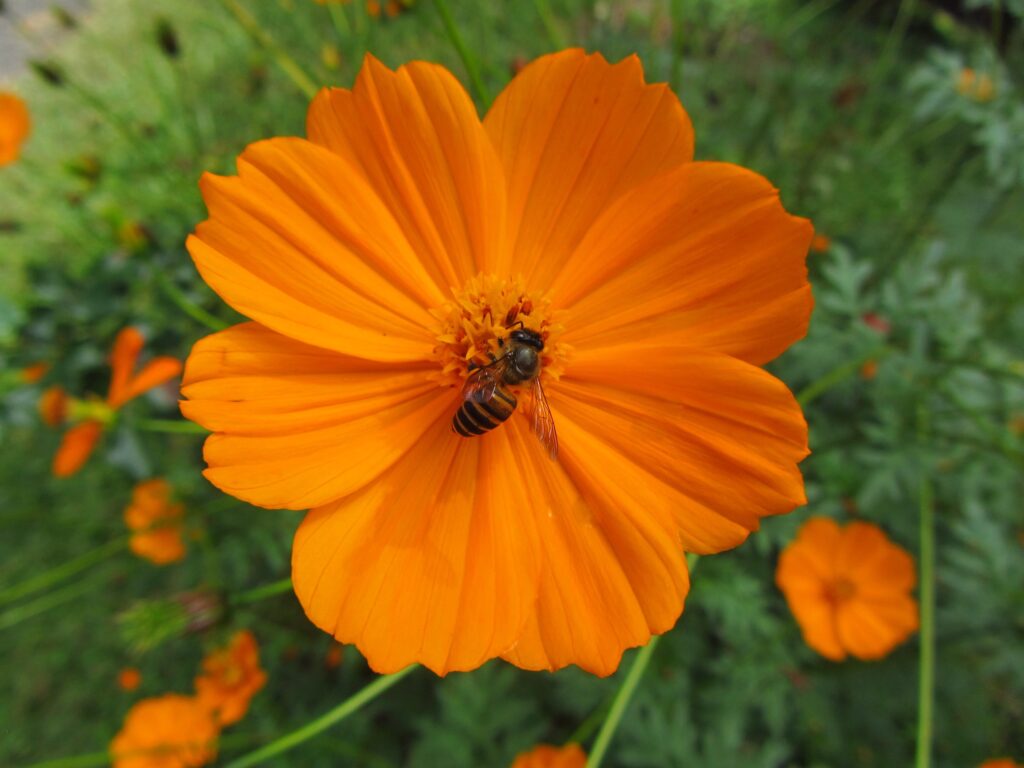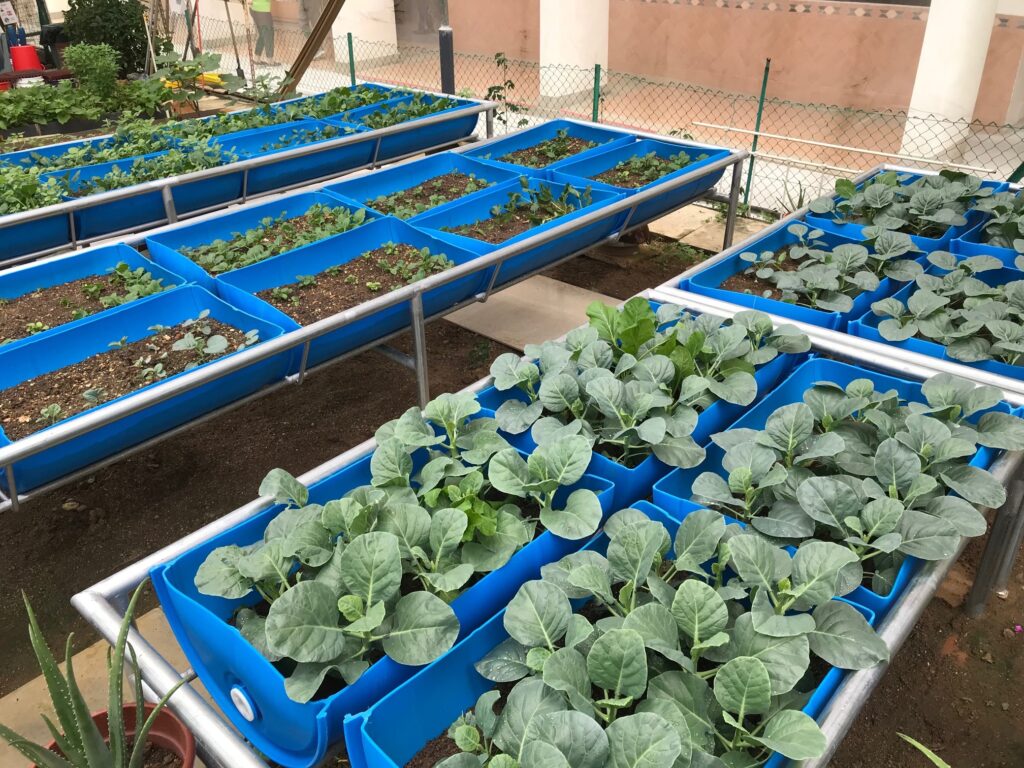
Cicada Tree Eco-Place is deeply alarmed by the ongoing destruction of Singapore’s last remaining forest fragments. In the face of relentless development, secondary forests are largely invisible from both policy and empirical perspectives. However, they possess immense potential for natural regeneration, and provide us an array of ecosystem services.
Secondary forests play a crucial role as buffer zones for the mere 0.16 percent of primary forest that remains. [1] The gradual reduction and fragmentation of these wilderness areas can have detrimental effects, such as exacerbating the urban heat island phenomenon, escalating human-wildlife conflicts, and driving the extinction of native wildlife, particularly rainforest-dependent species.
Rather than bulldozing these sites, we advocate for enhancing their connectivity by integrating and linking them through Singapore’s extensive network of park connectors. It is more cost-effective and expedient to build on existing ecosystems — artificial nature, like estate parks and densely planted urban trees are an inferior substitute. The Windsor and Rifle Range Nature Parks serve as excellent examples of forest patches that sustain biodiversity while remaining accessible and providing recreational opportunities.
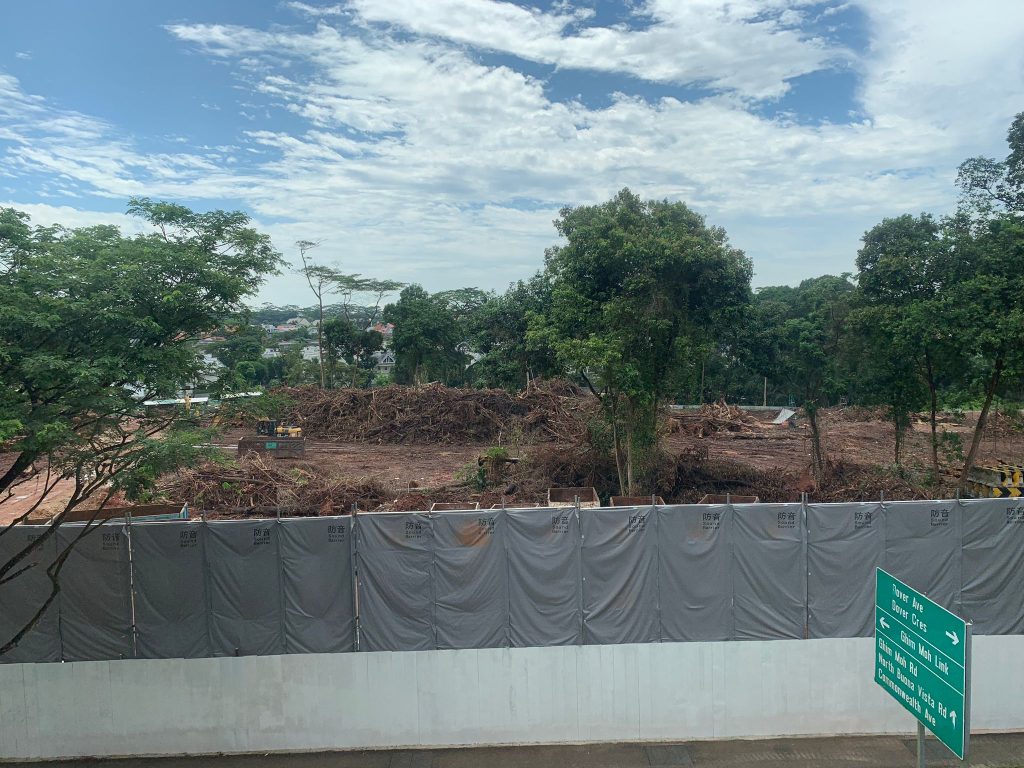
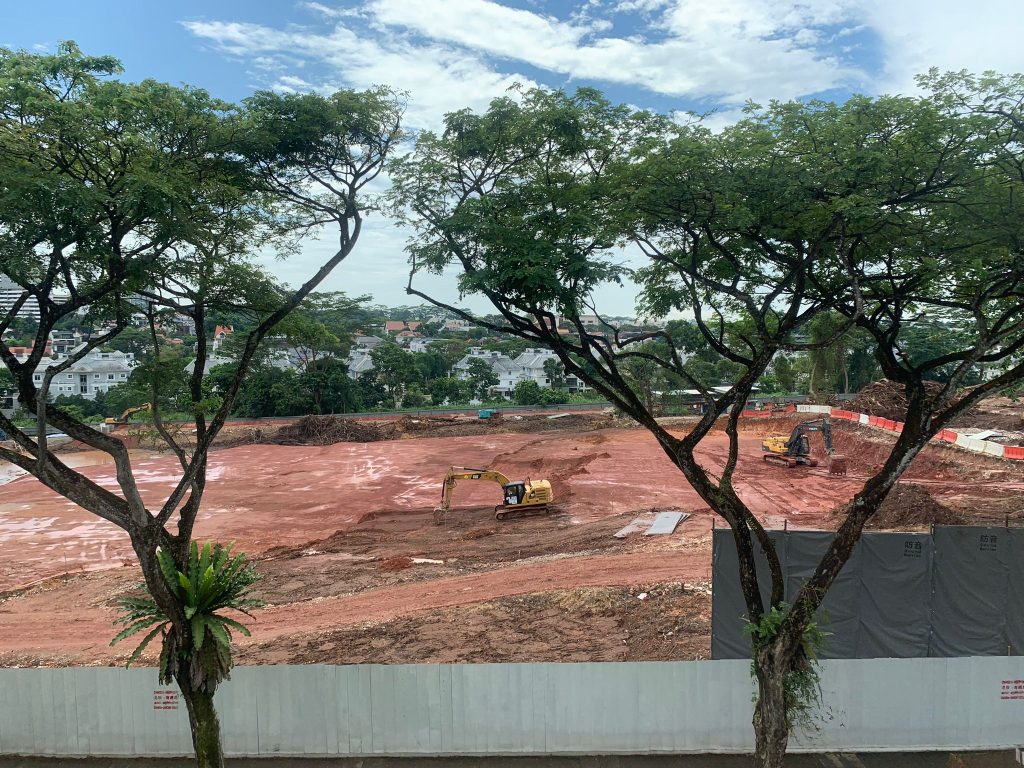
In collaboration with Nature Society (Singapore), Cicada Tree Eco-Place has published two conservation books about our last remaining forest fragments under threat — ‘Alexandra Woodland: Haven Along the Rail Corridor’ (2022) and ‘Pang Sua Woodland: Sanctuary Unveiled Along the Rail Corridor’ (2021). These books aim to shed light on the often overlooked richness of biodiversity found within areas along the Rail Corridor.
Through our ongoing efforts, we are committed to raising awareness about the importance of preserving our forests, which represent a vital part of our natural heritage. As our world faces the existential crisis of climate change, Cicada Tree Eco-Place hopes that the powers that be in Singapore will ensure we do our part to preserve remaining ecosystems for future generations.
[1] Yee et al. (2011). The vegetation of Singapore ―an updated map. Source


